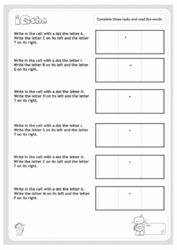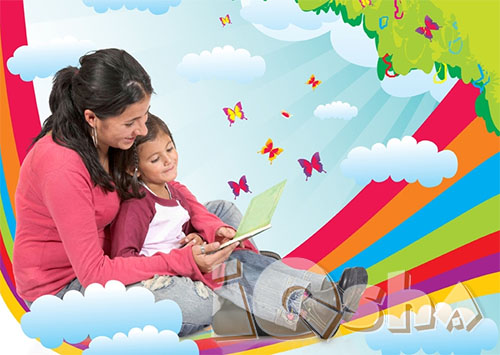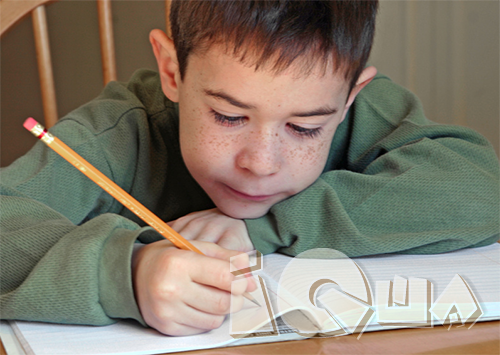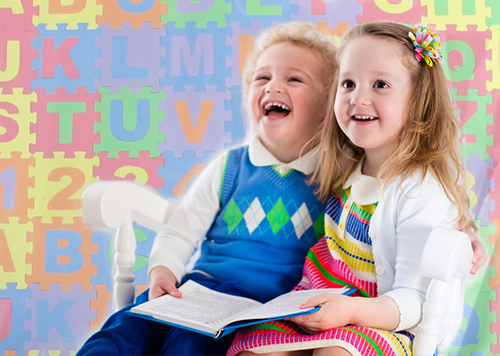
Step 1. Tell the child how letters gather together to form the words. Learn to connect words with sounds.
Step 2. Select interesting books with capital letters created especially for first time independent reading.
Step 3. Practice daily reading. One of the most effective methods of training a child to read is reading. At first you shouldn't read more than 7-10 minutes a day. After a while, you can increase the time for reading.
Step 4. Help the child read new, unknown words correctly. Tell him where to place stress or where it is necessary to change the intonation. You will note that, by the end of the read text, the child will notice the words learned before and read them fluently.
Step 5. Learn how to read punctuation marks, such as what kind of pause should be made for a comma or a point.
As soon as the child start distinguishing words, sentences, and punctuation marks on the page, it is possible to say with confidence that he has started to read. But often there is a situation when everything has been taught correctly, but the child still reads badly. Why does this happen? There are six basic reasons that the speed and quality of reading are reduced.
-
1. Level of perception and orientation in space. Children with low level perception often replace single letters with others, children with a badly developed level of orientation in space rearrange syllables. An important role is also played by value of averted vision.
-
2. Level of attention development. Insufficiently developed attention levels are the cause of a child facing difficulty when having to concentrate on reading for a long time.
-
Level of memory development.
-
Level of thinking development.
- 5. Development of speech level. Children with a poor vocabulary can experience difficulties in pronunciation of words and in understanding of words. They aren't able to guess according to a context, or to foresee the termination of the word or phrase correctly.
- 6. Self-checking level. A low level is characterized by the hard process of reading, it is difficult for the child to make effort doing a monotonous task. When reading, he can skip through a line.
In addition, specific features of the child can influence his reading abilities (working capacity, speed of mental processes, impulsiveness, and worrying) .
All the skills mentioned above can successfully be developed by games, tasks, and exercises. It is necessary to create a plan of training suitable for the child. For example, if you noted that the child confuses the right and the left, write as many graphic dictations as possible, and develop his orientation in space by means of games. Also, remember that regular reading and exercises will lead to excellent reading skills!








